Instead of appreciating the color scheme when you paint your room or your entire house, the smell of Kilz outweighs it. And it is so annoying that you just want to get rid of it quickly. But you don't have to worry about that anymore. We have conducted thorough research on how to eliminate the smell of Kilz.
To get rid of the Kilz smell, you can do any of these suggestions, or you can opt to do them all at once!
- You should open the windows and/or doors and run fans
- Place buckets of water throughout the room
- You can leave charcoal in the room
- Pour vinegar into bowls and place around the room
- You can sprinkle baking soda in the entire room
- You can experiment with diatomaceous earth
- Cut an onion to overcome the smell of Kilz
The lists above are the simplest details we can provide. However, we can elaborate on them further for you. So, it would be best to keep reading and know them all. We might be able to answer some of the additional questions running through your head, too. And without further ado, let us delve into the details!
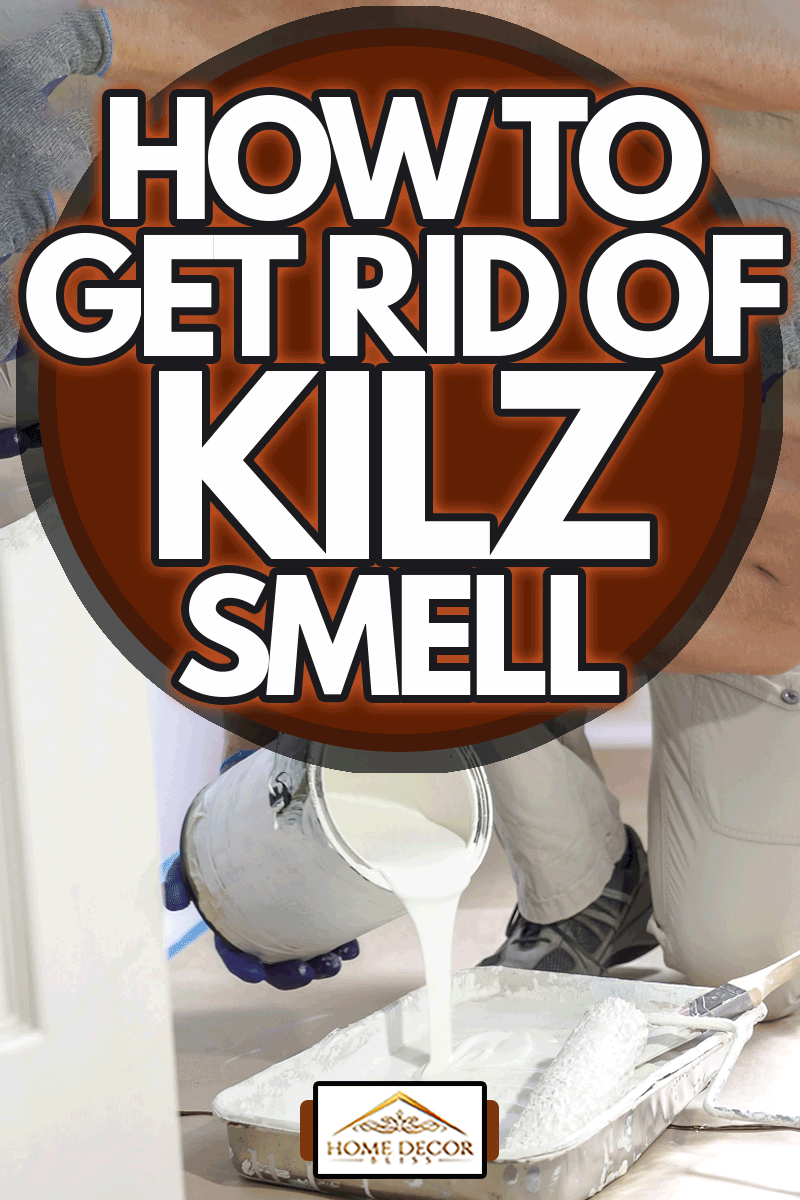
Ways To Getting Rid Of Kilz Smell
Long after you let the last coat of paint dry, the fumes of it can still linger and stink up your room. The smell can be undesirable whether you are painting your kitchen, bedroom, or any other area in your house. It is all because of the Volatile Organic compounds or VOCs. The VOCs come from the components used to produce paint and give off the stench of fresh paint.
If you want to reduce the likelihood of this happening, you can select a paint mix with low Volatile Organic Compounds. However, fumes are still visible. In any case, if you find yourself in this circumstance, here is how you can get rid of primer or paint fumes.
1. Open The Windows And/Or Doors And Run Fans

If you are executing a painting project, opening all the windows and doors is a must. Doing so will help the fumes to get out of the room faster. However, incorporating a few fans would do the job faster.
You can place box fans at the center of the space. And you should angle the fan towards the window or the doorway. Although fans can help you out, they tend to dry out the paint after, so it would be best to finish your work beforehand.
In addition, you should turn off the air conditioning or heat, and you must close the air vents in the room to stop the primer or paint fumes from spreading throughout your home.
2. Place Buckets Of Water Throughout The Room
The most successful solution is sometimes the simplest. Fill buckets with water and place them in the room overnight. The water will immerse the paint fumes. It is actually an old trick from the 1899 book, The Expert Cleaner.
3. Leave Charcoal In The Room
We may include affiliate links and curated AI content to highlight top design styles.
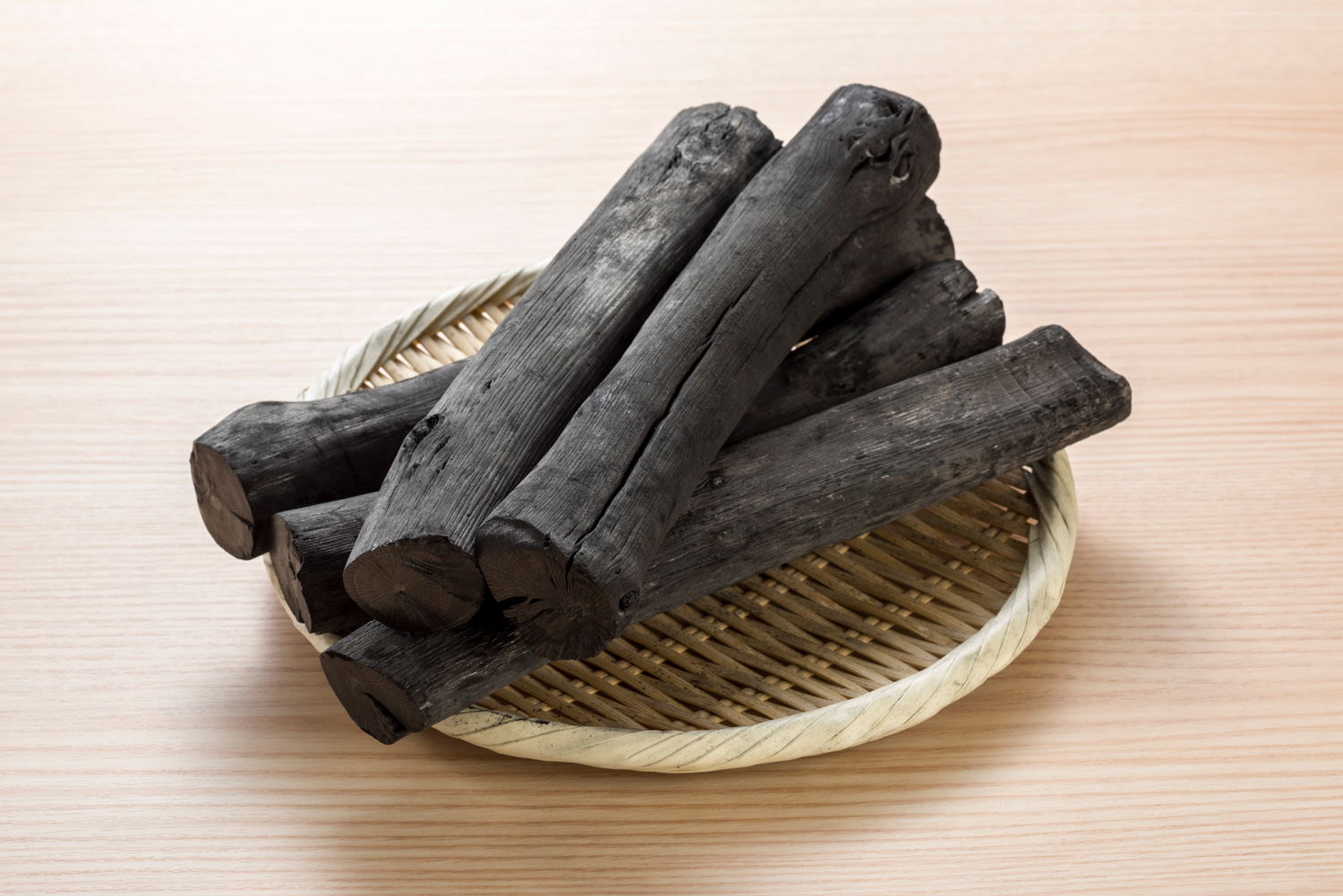
Grill briquettes will suffice in a hurry, but activated charcoal from the hardware store will provide faster fresh air. High-heat treatment of activated charcoal makes it more absorptive, allowing odor-causing chemicals, such as paint to pass through and get absorbed in the process. You can fill aluminum baking pans with charcoal and leave them in the room overnight.
Check out this charcoal on Amazon.
4. Pour Vinegar Into Bowls And Place Around The Room
You don't need a whole bucket of vinegar to benefit from its odor-removing properties. You just have to fill bowls with white vinegar and scatter them throughout the room. The acetic acid in vinegar offsets odor-carrying molecules.
If you want quicker results, you should use home white vinegar instead of culinary white vinegar. Home white vinegar consists of 10 percent acetic acid while the culinary white vinegar consists of only five percent acetic acid.
Check out this white vinegar on Amazon.
5. Sprinkle Baking Soda In The Entire Room
Similarly, you can utilize baking soda to neutralize and absorb fumes from Kilz. Baking soda is beneficial in any location. And it is especially helpful in rooms with soft surfaces that tend to retain smells, such as carpets. To use baking soda, you will need to sprinkle it all over the carpet and vacuum after a few hours.
Check out this baking soda on Amazon.
6. Experiment With Diatomaceous Earth
Consider this chalky white powder to be a room-sized silica packet. Diatomaceous earth's odor and moisture-absorbing characteristics are due to its naturally high silica content. Because typical diatomaceous earth can irritate lungs and be dangerous to pets, use food-grade diatomaceous earth. It is available online or seldom at local hardware stores.
You can utilize diatomaceous earth by filling empty coffee cans or disposable aluminum baking pans with it.
Check out this diatomaceous earth on Amazon.
7. Cut An Onion To Overcome The Smell Of Kilz
There are instances when you have to counter a stench with another one. Leaving chopped onions about a freshly painted room to absorb odors can be surprisingly useful. The syn-Propanethial-S-oxide molecule that gives onions their characteristic scent neutralizes the chemicals that cause paint odors (aldehydes).
Everything You Need To Know About Paint Fumes
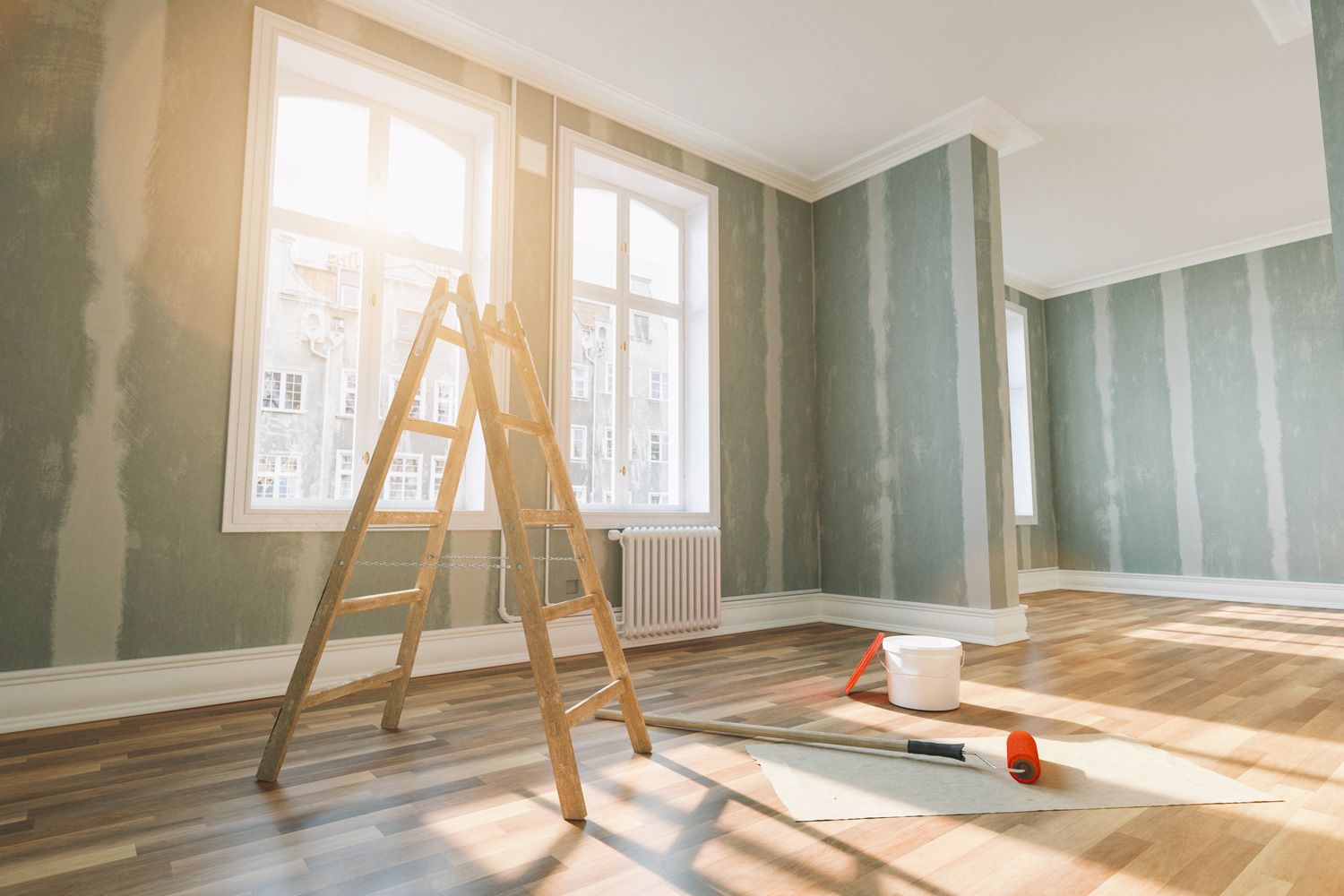
Certain persons, even if just for a short time, should avoid exposing themselves to paint fumes. Following a study that linked children born with autism to expectant moms' exposure to wet paint, this is more prevalent among pregnant women.
But what produces the noxious stench of paint, and how can you paint your house without jeopardizing your health?
Are Paint Fumes Toxic?
Is it dangerous to breathe in paint fumes? When swallowed or administered to the skin, wet paint is the most dangerous. Additionally, when it comes to breathing, certain people have allergic reactions to paint fumes, such as:
- nausea
- dizziness
- headaches
- breathing problems
- irritation of the eyes, throat, and nose
Short-term paint fumes should not be hazardous over time. Water-based paints have lower amounts of VOCs and are less likely to cause difficulties if you are concerned about paint fume nuisance. You can also opt to get advice from a professional painter to reduce health concerns.
Long-term paint fume exposure can lead to more serious health problems, such as asthma. If you expose yourself to paint fumes for an extended time, you will have the greatest risk of developing serious health problems. And this goes severely for children, pregnant women, and individuals over 65.
What Causes Paint Fumes?
There are four major components in paints, and they are:
- Pigments to produce color
- Solvents that allow pigments and binders to reach the surface
- Binders that aid in the quick drying of the paint
- Additives to strengthen, thicken, prevent mildew, and decrease bubbles
You can find the most hazardous compounds in the additives. And when a wet layer of paint is applied to the wall, the ingredients spread out. And such an occurrence will allow the paint to emit strong fumes that might be harmful to one's health. The paint releases VOC as it dries. That, aside from being harmful to one's health, it also contributes to pollution.
How Long Do Paint Fumes They Last?

The length of time paint fumes linger is determined by the type of paint used. The fumes from standard paint can take 13 to 23 weeks to disperse entirely. It can take up to two months for oil paint to cure.
There are ways to speed up the procedure if two to four months seems excessive. And we have mentioned them already in the earlier part of this article. The most dependable method is to ventilate the freshly painted space thoroughly. Open the windows and doors, turn on the fans, and do whatever you can to get the VOCs out.
As also mentioned, charcoal is a great absorbent. In bowls, crush charcoal pieces and scatter them about the freshly painted space. In a few hours, you'll notice fewer paint fumes. In addition, you can also highly depend on baking soda and vinegar.
Wrap It All Up
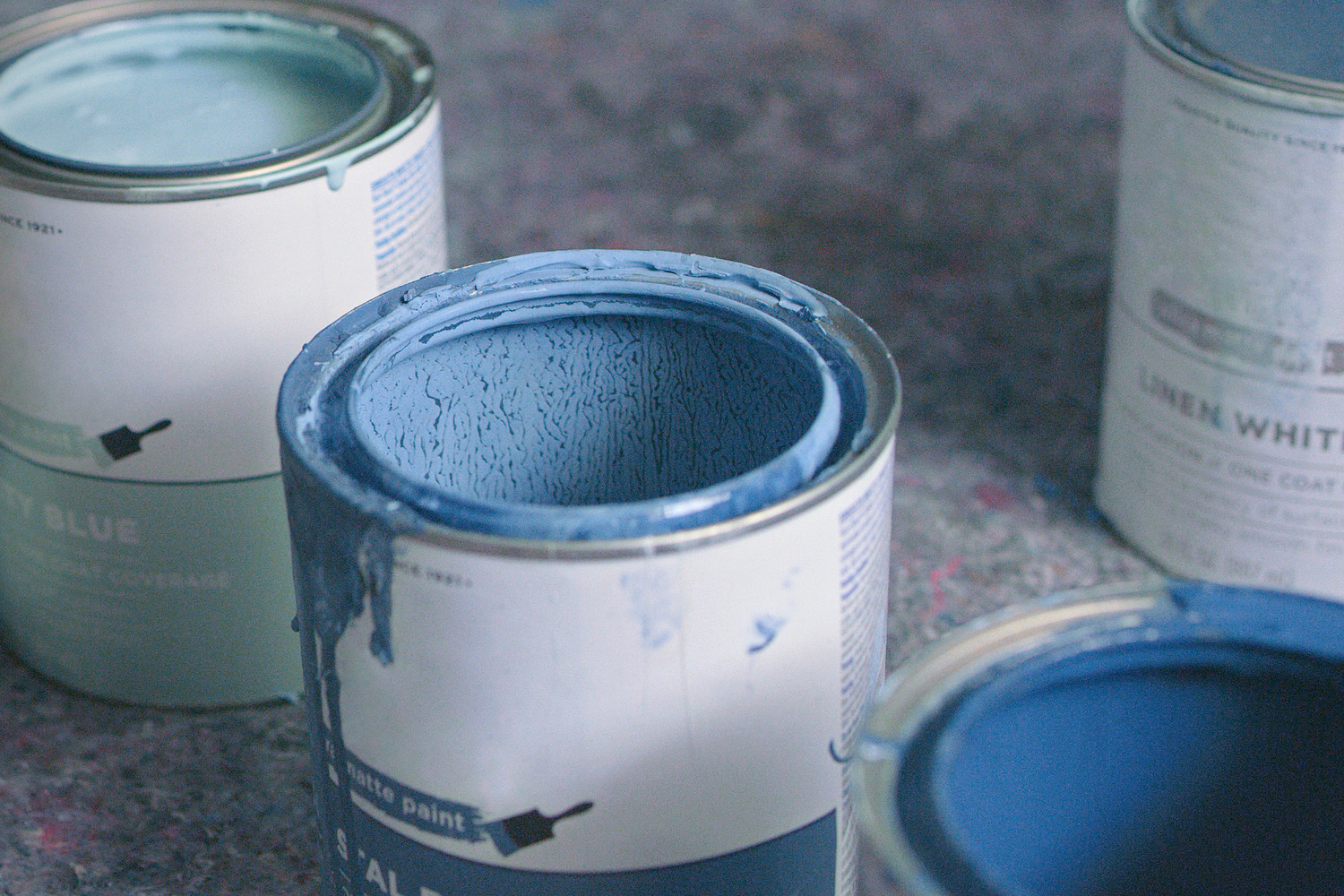
You don't want to risk your health conditions with the smell of Kilz. So, avoid the hassle and headaches by getting rid of it as early as possible. The ways we shared above are the best approaches we have researched to help you out and get rid of the Kilz smell quickly. And we hope you execute any one of them or, at best, many.
If you want more of our help, you can check the articles below, or you can browse our website anytime!
Does Electrical Tape Stick To Walls? [And Will It Peel Paint Off?]





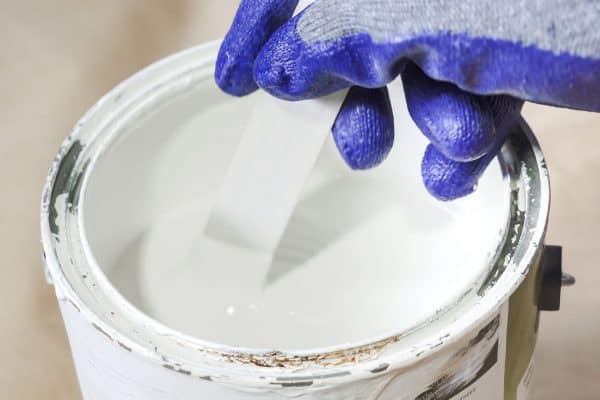
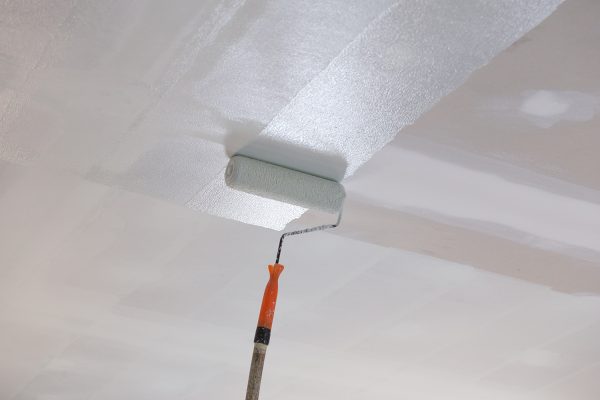

We live in an apartment building and the apartment directly next to us, wall to wall, was just painted using the Kilz product. There’s not much thickness between our apartment and the smell of the Kilz seeped into our apartment. It was very overwhelming and caused us to develop headaches and nausea.
Isn’t there guidelines when using this product in an apartment building to protect other tenants from the effects of the smell? Thank You!